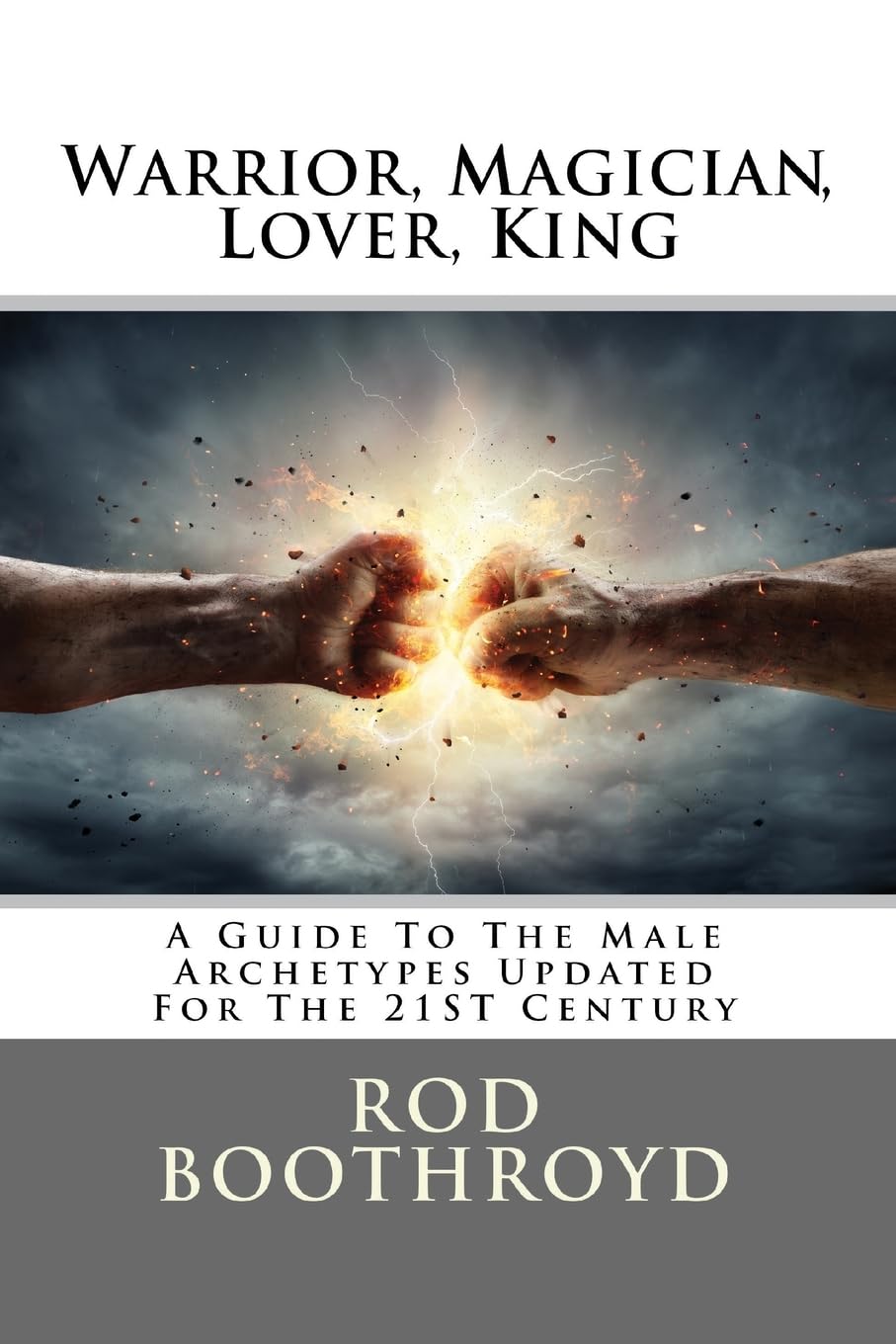Unlocking Your Full Potential: A Simple Guide to the Archetypes in Warrior, Magician, Lover, King
Have you ever wondered why some parts of your personality feel strong and confident while others seem to hold you back? Rod Boothroyd’s book, Warrior, Magician, Lover, King, is here to help you figure that out. This book explains how understanding four big personality types, or archetypes, can help you live a better and more balanced life. It’s all about learning to be your best self by understanding what makes you tick.
This guide will break down the book’s ideas into easy steps you can follow. By the end, you’ll have a clear picture of how these archetypes can help you grow and find balance.

In his book, Boothroyd takes ideas from famous psychologists like Carl Jung and explains how four main archetypes work within everyone:
Each archetype has a bright side (strengths) and a shadow side (problems that show up when things are out of balance). Boothroyd’s book teaches you how to use the good parts of these archetypes while avoiding their darker sides.
Each archetype has positive traits that make you stronger, but they also have shadow sides that can hold you back. Here’s a simple chart to explain:
| Archetype | Good Traits | Shadow Problems |
|---|---|---|
| Warrior | Courage, action, discipline | Aggression (too much) or fear (too little) |
| Magician | Creativity, problem-solving, learning | Manipulation or avoiding reality |
| Lover | Connection, love, passion | Dependency or feeling numb |
| Sovereign | Leadership, vision, fairness | Being bossy or indecisive |
When you were a kid, you may have felt criticized, ignored, or unsupported. These experiences can block your ability to fully use the archetypes. For example:
The book explains how to identify and heal these wounds by doing something called “shadow work.” This means facing the hidden parts of yourself so you can grow.
The goal is to balance all four archetypes. If you focus too much on one or ignore another, problems can happen. For example:
By balancing these archetypes, you can make better decisions and feel more in control of your life.
Boothroyd’s advice isn’t just theory—it’s practical. You can:
This book is great for:
Even though the book focuses on men, the lessons can help anyone who wants to feel more in control and connected to themselves.
Boothroyd writes in a way that’s easy to understand and full of practical tips. He doesn’t just tell you what the archetypes are; he shows you how to use them in your life. The examples and stories in the book make the ideas feel real and relatable.
One downside is that the book focuses mostly on men, but the lessons apply to everyone. If you’re open to adapting the ideas, you’ll find it helpful no matter who you are.
Warrior, Magician, Lover, King is a simple but powerful guide to becoming the best version of yourself. By learning about these four archetypes and how to balance them, you can unlock your full potential. This book isn’t just for reading—it’s for doing. Take the lessons and try them in your daily life. You’ll feel stronger, more confident, and more in control.
Ready to start your journey? Grab the book, and let’s begin! Which archetype do you think you need to work on the most? Share in the comments below!
Adam is the founder and host of the Cvlt of you and creator of the secret science occult system.
He holds various occult lineages as well as iniatory levels in orders such as the Golden Dawn, The Dragon Rouge, Freemasonry and the Rosicrucian order as well as several other lesser known groups and covens
Founder of the Order of delirious Saints
and Chief Technology officers of Sinappsus International Adam boasts mastery in over 65 different tech stacks and languages as well as being a master nlp practitioner, hypnotist and shamanic bdsm facilitator and shibari healer
CVLT has over 2 decades of experience building international brands and now we have decided to focus exclusively in this space. so if you are looking to build your business then here are some of our key offerings